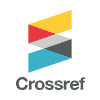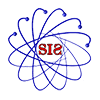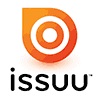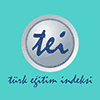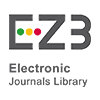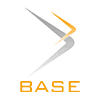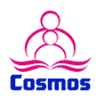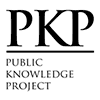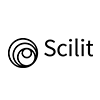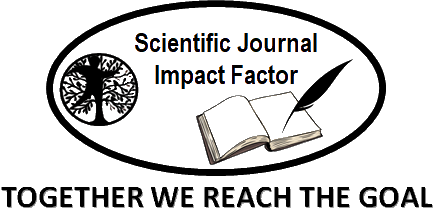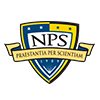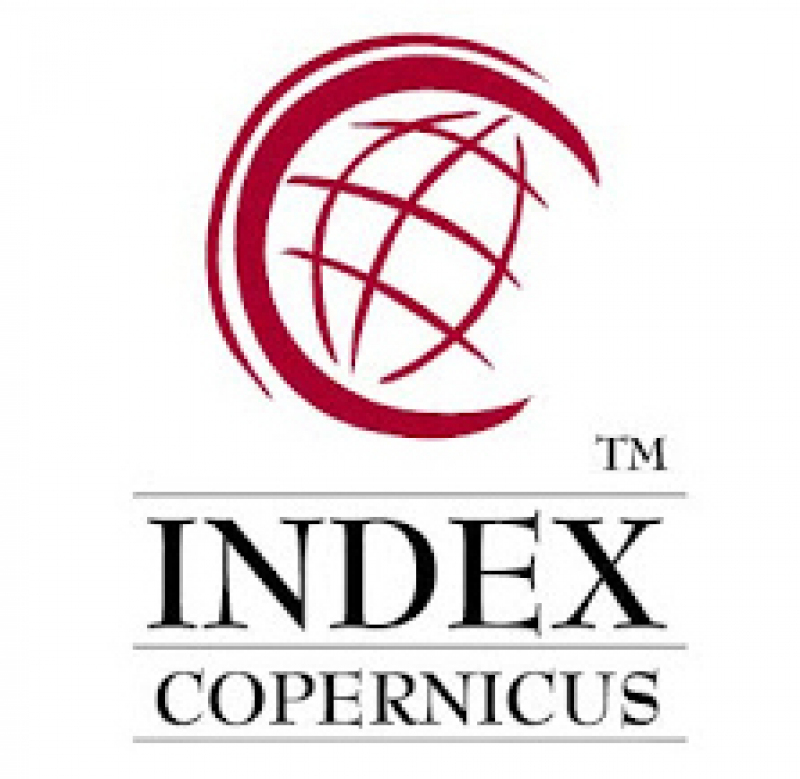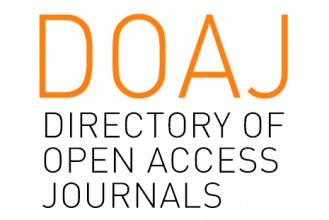Project-Based Learning Based on Multiple Intelligences Theory: Its Effectiveness Reviewed from Student Learning Achievement, Creative Thinking, and Curiosity
Abstract
This study aims to test the effectiveness of Project-Based Learning based on the theory of multiple intelligences in terms of learning achievement, creative thinking, and curiosity. This study is a type of quasi-experimental research conducted in one class. The population in this study was grade VII junior high school students in Sleman Regency, Special Region of Yogyakarta, Indonesia. One class in the population was randomly selected as a sample. Data was collected using learning achievement test instruments, creative thinking skills, and student curiosity questionnaires. Project-based learning based on the theory of multiple intelligences is said to be effective if: (1) the average result of the student's mathematics learning achievement test reaches the Learning Objective Achievement Criteria (KKTP) set by the school, namely 75; (2) the average score of the student's creative thinking ability test is at least 70 (from a score range of 0-100); (3) the average score of the student's curiosity questionnaire after learning is higher than the average result before learning. Data analysis of learning achievement and creative thinking tests was conducted using the Wilcoxon Signed Rank Test, while the student curiosity questionnaire was conducted using the paired t-test. The results of the study showed that (1) project-based learning based on multiple intelligences theory is effective in terms of learning achievement; (2) project-based learning based on multiple intelligences theory is effective in terms of creative thinking; (3) project-based learning based on multiple intelligences theory is effective in terms of student curiosity. Data from the sample showed an average learning achievement test result of 81 (from a score range of 0-100), then creative thinking as indicated by the average creative thinking ability test result of 76 (from a score range of 0-100) and an average student curiosity score at the end of learning of 85.26 (from a score range of 0-100) higher than the average student curiosity score at the beginning of learning of 56.93 (from a score range of 0-100).
Keywords
Full Text:
PDFReferences
Adiastuty, N., Waluya, S. B., & Aminah, N. (2020, August). Neuroscience study: Gender and mathematical creative thinking skills in vocational high school students. In Journal of Physics: Conference Series (Vol. 1613, No. 1, p. 012056). IOP Publishing.
Al Awab, Z., Kosim, N., & Putri, M. N. (2021). Pembelajaran berbasis proyek pada pelajaran Matematika Sekolah Dasar. Himpunan: Jurnal Ilmiah Mahasiswa Pendidikan Matematika, 1(1), 77-82.
Anggoro, B. S. (2015). Pengembangan Modul Matematika Dengan Strategi Problem Solvin Guntuk Mengukur Tingkat Kemampuan Berpikir Kreatif Matematis Siswa. Al-Jabar: Jurnal Pendidikan Matematika, 6(2), 121-130.
Arikan, S., & Unal, H. (2018). The effect of multiple intelligence theory on students’ academic success in the subject of geometric shapes in elementary school. Journal of Education and Training Studies, 6(2), 11–23. https://doi.org/10.11114/jets.v6i2.2854
Avivi, A. A., Pramadhitta, A. D., Rahayu, F. F., Saptariana, M., & Salamah, A. U. (2023). Implementasi Pembelajaran Berdiferensiasi dengan Model Project Based Learning pada Peserta Didik Sekolah Menengah Atas Kelas X pada Materi Bioteknologi. Jurnal Pendidikan Sejarah Dan Riset Sosial Humaniora, 3(3), 251-258.
Baxter, A., & Switzky, H. N. (2017). Exploration and curiosity. In R. Biswas-Diener & E. Diener (Eds.), Noba textbook series: Psychology (pp. 1–10). Champaign, IL: DEF Publishers. © 2017 Elsevier Inc.
Cholilah et al (2023). Pengembangan Kurikulum Merdeka Dalam Satuan Pendidikan Serta Implementasi Kurikulum Merdeka Pada Pembelajaran Abad 21. Sanskara Pendidikan dan Pengajaran, 1(02), 56-67.
Dinda, N. U., & Sukma, E. (2021). Analisis langkah-langkah model project-based learning (PjBL) pada pembelajaran tematik terpadu di sekolah dasar menurut pandangan para ahli (Studi Literatur). Journal of Basic Education Studies, 4(2), 44-62.
Educational Technology Division, Ministry of Education Malaysia. (2006). Project-based learning handbook: Educating the millennial learner (1st ed.). Communications and Training Sector, Smart Educational Development, Ministry of Education Malaysia.
Gardner, H. E. (2008). Multiple intelligences: New horizons in theory and practice. Basic books.
Hariyanti & Lestari (2023). Upaya Meningkatkan Rasa Ingin Tahu Dan Prestasi Siswa Melalui Guided Discovery Learning Dalam Pembelajaran Matematika. Jurnal Penelitian Pembelajaran Matematika Sekolah (JP2MS), 7(1), 83-94.
Humendru, E., & Harefa, A. O. (2023). Analisis Gaya Belajar Dan Motivasi Belajar Terhadap Prestasi Belajar Matematika Siswa Kelas VIII DI SMP NEGERI 1 GIDO. Jurnal Suluh Pendidikan, 11(2), 180-189.
Jannah, F., Fadly, W., & Aristiawan, A. (2021). Analisis karakter rasa ingin tahu siswa pada tema struktur dan fungsi tumbuhan. Jurnal Tadris IPA Indonesia, 1(1), 1-16.
Jirout, J., & Klahr, D. (2012). Children’s scientific curiosity: In search of an operational definition of an elusive concept. Developmental review, 32(2), 125-160.
Karaduman, G. B., & Cihan, H. (2018). The Effect of Multiple Intelligence Theory on Students' Academic Success in the Subject of Geometric Shapes in Elementary School. International Journal of Higher Education, 7(2), 227-233.
Legowo, E. (2017). Model pembelajaran berbasis penstimulasian multiple intelligences siswa. Jurnal kajian bimbingan dan konseling, 2(1), 1-8.
Litman, J. A., & Spielberger, C. D. (2003). Measuring epistemic curiosity and its diversive and specific components. Journal of personality assessment, 80(1), 75-86.
Lomu, L., & Widodo, S. A. (2018). Pengaruh motivasi belajar dan disiplin belajar terhadap prestasi belajar matematika siswa.
Maharani, R. (2015). Model pembelajaran berbasis teori multiple intelligences: Pembelajaran kooperatif dengan pendekatan saintifik pada pembelajaran Matematika. INSPIRAMATIKA, 1(1), 11-24.
Mardhiyana, D., & Sejati, E. O. W. (2016, February). Mengembangkan kemampuan berpikir kreatif dan rasa ingin tahu melalui model pembelajaran berbasis masalah. In PRISMA, Prosiding Seminar Nasional Matematika (pp. 672-688).
Marliani, N. (2015). Peningkatan kemampuan berpikir kreatif matematis siswa melalui model pembelajaran missouri mathematics project (MMP). Formatif: Jurnal Ilmiah Pendidikan MIPA, 5(1).
Medyasari, L. T., Zaenuri, Z., Dewi, N. R., & Wijayanti, K. (2022). Analysis of high school students’ mathematical creative thinking ability levels in solving mathematical problems. ISET: International Conference on Science, Education and Technology 2022, 1230–1236. https://proceeding.unnes.ac.id/index.php/iset
Niroo, M., Nejhad, G. H. H., & Haghani, M. (2012). The effect of Gardner theory application on mathematical/logical intelligence and student's mathematical functioning relationship. Procedia-Social and Behavioral Sciences, 47, 2169-2175.
Noviyana, H. (2017). Pengaruh model project based learning terhadap kemampuan berpikir kreatif matematika siswa. JURNAL e-DuMath, 3(2).
Nurfitriyanti, M. (2016). Model pembelajaran project based learning terhadap kemampuan pemecahan masalah matematika. Formatif: Jurnal Ilmiah Pendidikan MIPA, 6(2).
NYC Department of Education. (2009). Project-based learning: Inspiring middle school students to engage in deep and active learning. Division of Teaching and Learning, Office of Curriculum, Standards, and Academic Engagement.
Rangkuti, A. N., & Fitriani, F. (2019). Pengaruh Pendekatan Pembelajaran PBL dan PjBL terhadap Kemampuan Komunikasi Matematis Mahasiswa pada Mata Kuliah Statistik. Ta'dib, 22(2), 67-74.
Renner, B. (2006). Curiosity about people: The development of a social curiosity measure in adults. Journal of personality assessment, 87(3), 305-316.
Romaito, P., Safitri, I., Sarida, H., Nisah, H., Apriani, D., Afsari, S. & Lucky, Y. (2021, March). The mathematics learning using geogebra software to improve students’ creativethinking ability. In Journal of Physics: Conference Series (Vol. 1819, No. 1, p. 012008). IOP Publishing.
Romli, M., & Ixfina, F. D. (2023). Implementasi Model Project-based learning Sebagai Upaya Mengembangkan Multiple Intelligences Siswa. Khatulistiwa: Jurnal Pendidikan dan Sosial Humaniora, 3(3), 254-269.
Setiyadi, D. (2018, February). Upaya Meningkatkan Rasa Ingin Tahu dan Prestasi Belajar Berbantukan Lembar Kerja Siswa Lambang Bilangan Romawi Melalui Strategi TANDUR di Kelas IV Sekolah Dasar. In PRISMA, Prosiding Seminar Nasional Matematika (Vol. 1, pp. 954-962).
Sumarni, S., & Manurung, A. S. (2023). Upaya Peningkatan Hasil Belajar Matematika Melalui Penerapan Model Project Based Learning pada Materi Bangun Ruang. Jurnal Basicedu, 7(5), 2862-2871.
Supardi, U. S. (2015). Peran berpikir kreatif dalam proses pembelajaran matematika. Formatif: Jurnal Ilmiah Pendidikan MIPA, 2(3).
Suryandari, K. C. (2021). The Effect of Scientific Reading Based Project Model in Empowering Creative Thinking Skills of Preservice Teacher in Elementary School. European Journal of Educational Research, 10(3), 1329-1340.
Thomas, J. W. (2000, March). A review of research on project-based learning. Autodesk Foundation. http://www.autodesk.com/foundation
DOI: http://dx.doi.org/10.18415/ijmmu.v12i5.6818
Refbacks
- There are currently no refbacks.
Copyright (c) 2025 International Journal of Multicultural and Multireligious Understanding

This work is licensed under a Creative Commons Attribution-NonCommercial-NoDerivatives 4.0 International License.
https://ijmmu.com
editor@ijmmu.com
facebook.com/ijmmu
Copyright © 2014-2018 IJMMU. All rights reserved.






